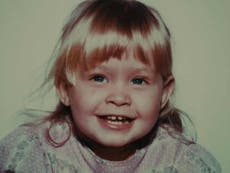Raised by, abused by and then married to her kidnapper: The horrifying true story behind Netflix's Girl in the Picture
‘Girl in the Picture’, a new Netflix documentary, untangles the story of Suzanne Sevakis, a kidnapping victim, mother, and brilliant student known under aliases to those who loved her. Clémence Michallon reports


Your support helps us to tell the story
From reproductive rights to climate change to Big Tech, The Independent is on the ground when the story is developing. Whether it's investigating the financials of Elon Musk's pro-Trump PAC or producing our latest documentary, 'The A Word', which shines a light on the American women fighting for reproductive rights, we know how important it is to parse out the facts from the messaging.
At such a critical moment in US history, we need reporters on the ground. Your donation allows us to keep sending journalists to speak to both sides of the story.
The Independent is trusted by Americans across the entire political spectrum. And unlike many other quality news outlets, we choose not to lock Americans out of our reporting and analysis with paywalls. We believe quality journalism should be available to everyone, paid for by those who can afford it.
Your support makes all the difference.One stormy night in April 1990 in Oklahoma City, Oklahoma, three men were making their way to a motel when they spotted a shoe in the middle of the road. It was blue, with a high heel, journalist Matt Birkbeck would later write in the book A Beautiful Child. Two hundred feet further, the men made a startling discovery. “There, on the edge of the road, was what looked like a young woman lying facedown in the gutter, her body convulsing, her arms and legs twitching in different directions,” Birkbeck wrote. She was taken to a hospital, where her husband, who went by Clarence Hughes, identified her as Tonya Hughes.
The woman died days later of her injuries. Her death set in motion a series of discoveries, all chronicled in the new Netflix documentary Girl in the Picture. Tonya Hughes, we learn, was never Tonya Hughes. She had previously been known as Sharon Marshall, although that, too, was an alias. One nickname after the other, the documentary tells the story of this woman, of her husband, and of his crimes — which included the kidnapping and murder of her young son, as well as the murder of a different woman. It’s the story of a woman who lost her name, whose life was overtaken by the man who alternately called himself her father and her husband. It’s the unraveling of a mystery that endured for decades until finally, in 2014, investigators uncovered the woman’s real identity.
Her real name was Suzanne Marie Sevakis. Her story is hard to tell in a linear fashion. It begins in 1969, with her birth. It begins in 1974, with her abduction by Franklin Floyd, the man who would later call himself Clarence Hughes. It begins with her death in 1990, after which people began piecing her story together. It begins in 1994, when her son’s kidnapping by Floyd invited more scrutiny into Suzanne’s life and identity. It begins, it begins, it begins, and it doesn’t end – not until 2014, when her family and all those who had searched for her true identity found closure in giving Suzanne her name back.
Suzanne Marie Sevakis was born on 6 September 1969 in Michigan. Her mother Sandra Willet, a participant in Girl in the Picture, says she was struggling with PTSD after a tornado had hit the trailer where she lived with her children when she met Floyd. He had pledged to “take care of [her] and [her] children”, but had started to do “scary things”, such as carrying a knife with him at all times and telling Willet: “You think you’re gonna leave me? That’s not happening.” One day, Willet needed to buy diapers for her children and wrote a bad check at a convenience store. She was sentenced to 30 days in jail.
“That’s when he took my children,” Willet says of Floyd in the documentary. She says that when she went to the police, the officers asked if she was legally married to Floyd, and when she answered affirmatively, she was told she would have to handle the situation herself.
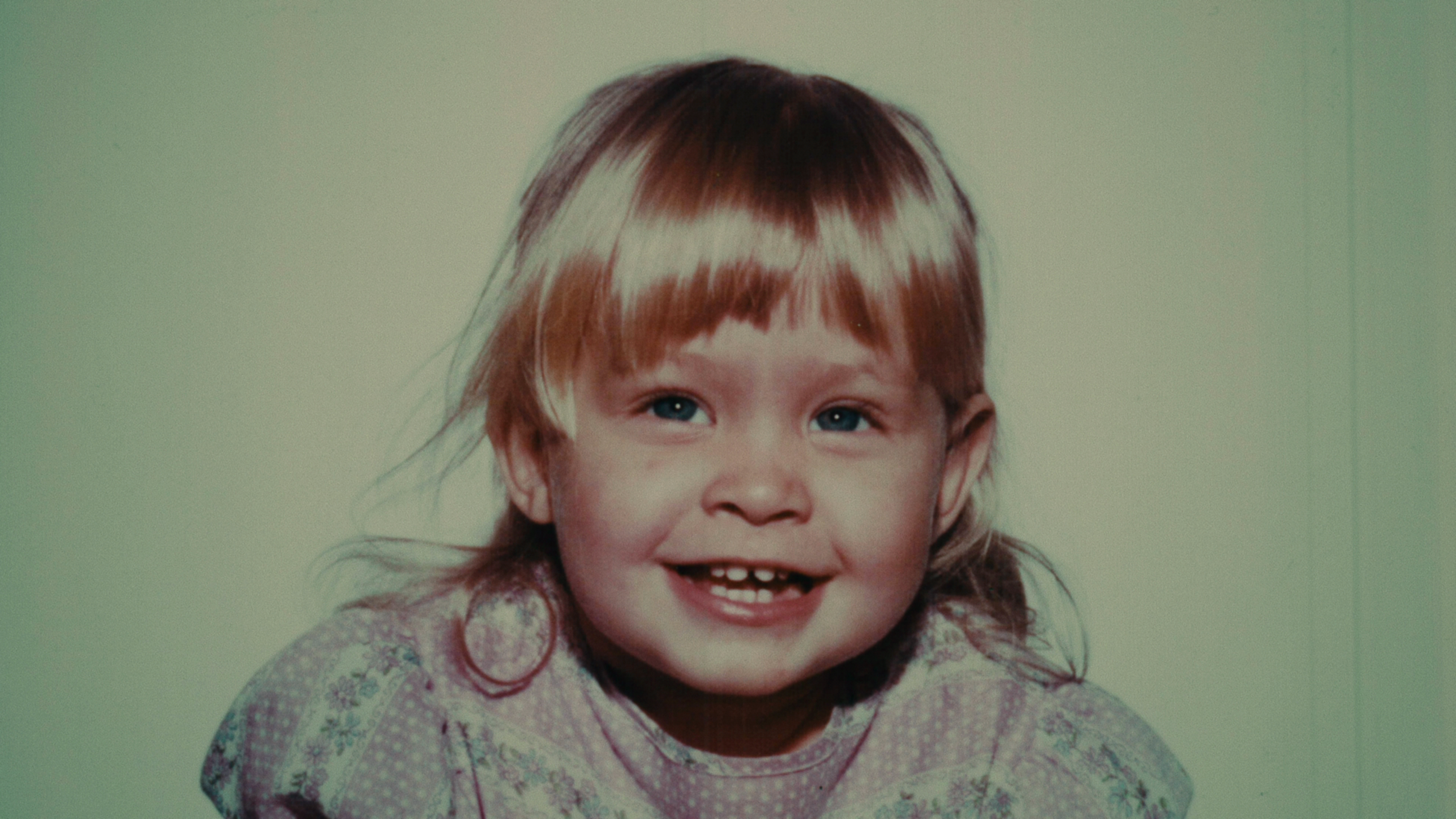

While Willet was serving her jail sentence in 1974, Floyd dropped off two of Willet’s daughters at an orphanage and left with Suzanne. She wouldn’t be known as Suzanne again for another 40 years.
In 1990, following Suzanne’s death, her baby son Michael (born in 1988) was placed in the care of foster parents, Merle and Ernest Bean. A DNA test showed that Floyd wasn’t Michael’s biological father. On 12 September 1994, Floyd pulled a gun on the principal of Michael’s school, walked into the boy’s classroom, and abducted both the boy and the principal. He left the principal tied to a tree in an isolated location. Someone eventually stumbled upon him and called the authorities, leading to an investigation into Michael’s kidnapping – which would in turn uncover more red flags about the circumstances of his late mother, who at this time was still known only as Tonya.
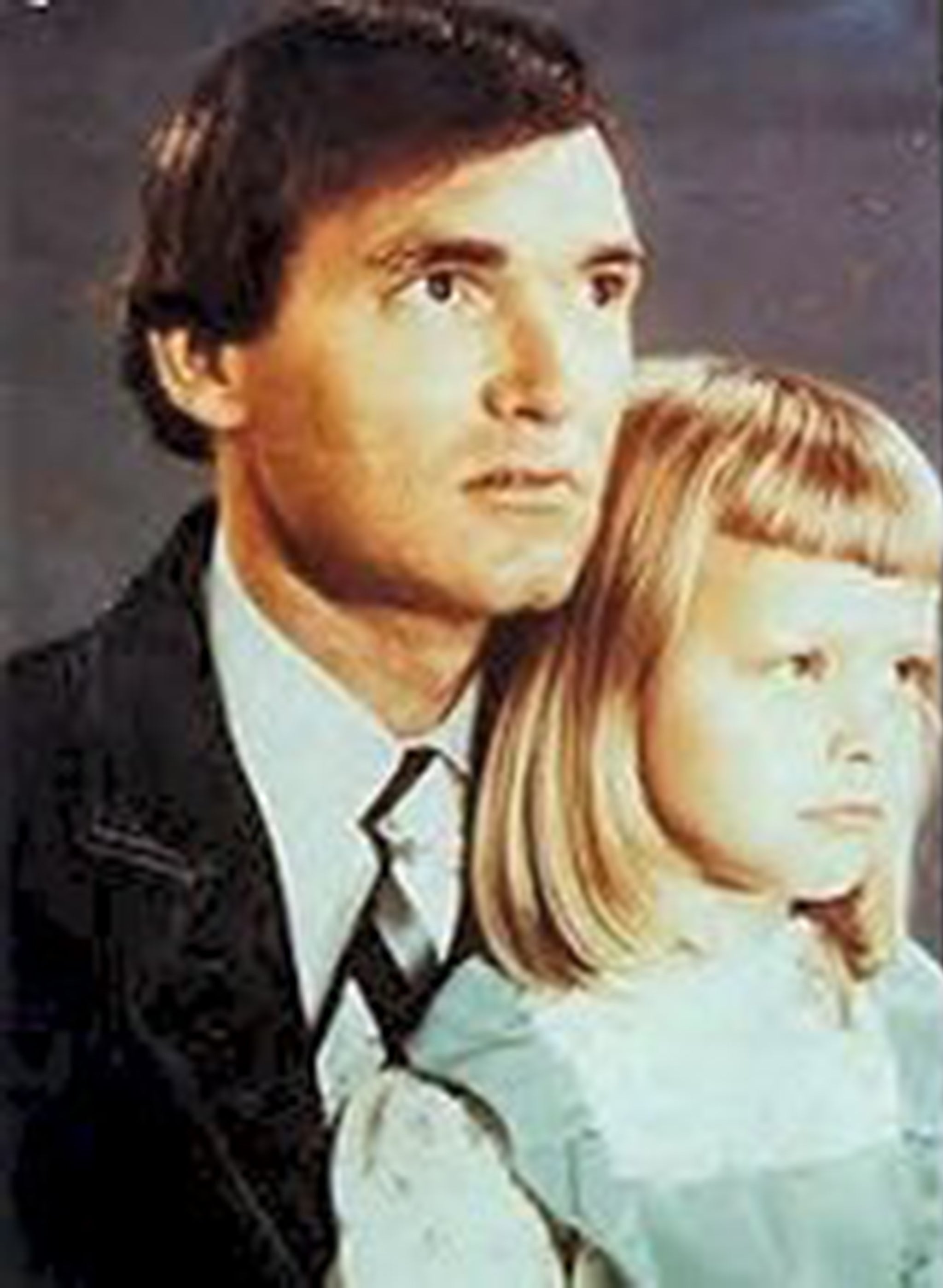
It was during the investigation into Michael’s kidnapping that authorities learned his real name was Franklin Floyd, and that he previously abducted a girl, robbed a bank, and attacked a woman. By the time authorities connected the dots, he had been on the run for two decades after failing to appear in court, Joe Fitzpatrick, an FBI special agent who worked on the case, says in Girl in the Picture.
Through news coverage of Michael’s kidnapping, a woman named Jenny Fisher got wind that authorities were circulating images of Tonya, saying she had recently died, and of her young son, who was missing. Fisher was confused: the woman identified on television as Tonya was her former high school best friend, whom she knew as Sharon Marshall.
“Sharon” – as Suzanne was known to her high school friends – is remembered in Girl in the Picture as a brilliant, ambitious student, who had been accepted to Georgia Tech and dreamed of being an aerospace engineer. “Sharon”’s friends knew her father to be a strange man, who kept a close eye on his daughter and seemed at times inappropriate with her. The man was Floyd, who had represented himself as Suzanne’s dad and called himself Warren Marshall.

When authorities told Fisher years later that the man was her friend’s husband, she was shocked. “They said, ‘They’re married,’ and I’m like, ‘No, that’s her father, they’re not married,’” Fisher says in the documentary. “And they said, ‘No, honey, they’re married.’ And I was like, ‘No, that was her father.’ We had a portrait of very different people [when it came to] who Sharon was.”
“In 1989, one year before [Suzanne’s] death, they changed their names,” Fitzpatrick explains in Girl in the Picture. “Sharon Marshall became Tonya, and Warren Marshall became Clarence Hughes. The names they used were taken off tombstones in Alabama. And then they got married under their new names in New Orleans, which means this man married his own daughter. It was unbelievable.”
In the time between high school and her death, Suzanne was sexually abused by Floyd (Fisher shares a harrowing account of him raping Suzanne at gunpoint one night when Fisher was sleeping over, Floyd having threatened both girls with a weapon) and forced to perform sex work. Heather Lane, a former dancer at Mons Venus, a club in Tampa, Florida that provided adult entertainment, remembers the woman she knew as Sharon as a “very shy” person who “didn’t really talk about her past” and “didn’t talk about herself”. She recounts hearing about “Sharon”’s “dad” and “their weird relationship”. According to Lane, “Sharon”’s “dad” had told her to inquire about the parties being organized at the club and to make herself available for them. One night, during an event that was supposed to involve “no lap dancing” and no contact between patrons and dancers, Lane says she was alerted to the fact that “Sharon” was “in front of the women’s bathroom”, “offering sex services to these men for $50”.
“She said, ‘Well, my dad told me to do it, and he bought me condoms,’” Lane says. “That was disgusting. I couldn’t believe that a man would put his daughter in that situation.”

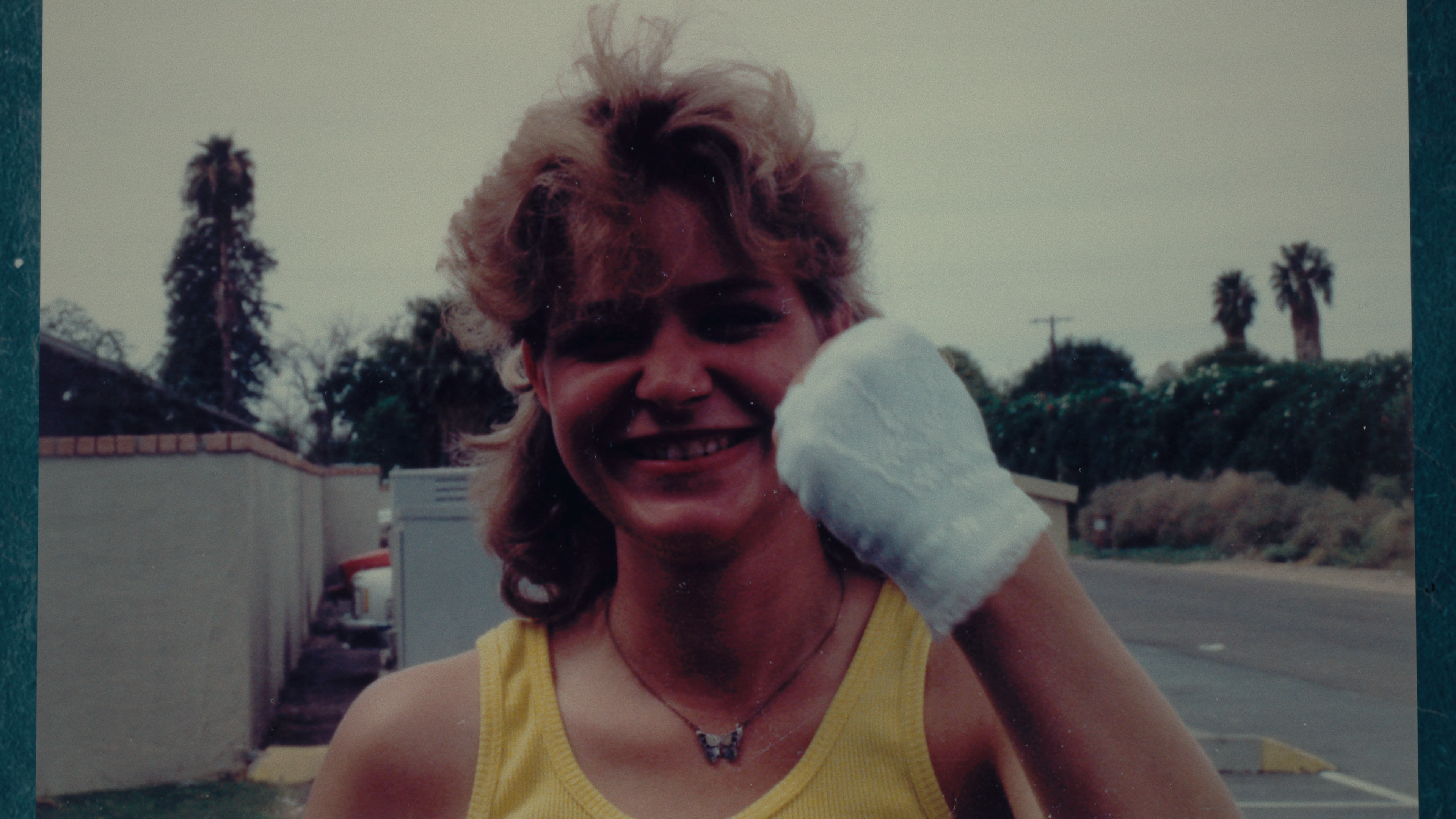
Soon, it became apparent that “Sharon” was pregnant. It was around that time that she gave birth to Michael. “Sharon’s relationship with her son, Michael, was beautiful,” Lane says. “She was a wonderful mother. She was so engaged with him. And just seeing the way he looked at her – I think that was the best thing that ever happened to her.”
In 1995, Floyd was found guilty by a judge of having abducted Michael Hughes and handed a prison sentence. That investigation turned up photos of Cheryl Ann Comesso, a friend of “Sharon”’s who had also worked at Mons Venus. Comesso’s remains were found in 1995, and she was later determined to have died in 1989. Fitzpatrick contends in Girl in the Picture that Floyd left Florida and married Suzanne in an attempt to evade authorities after murdering Comesso. In 1997, Floyd was charged with first-degree murder in Comesso’s death. He was convicted and sentenced to death five years later, in 2002. Floyd remains in custody at the Union Correctional Institution in Raiford, Florida.
People kept trying to figure out who Sharon Marshall really was, and what had happened to Michael after his abduction. It wasn’t until 2014 that Floyd answered both questions during a conversation with FBI agents in prison. According to FBI Special Agent Scott Lobb, Floyd, during a contentious exchange, told him he had killed the boy after the kidnapping. Floyd also revealed to the FBI Sharon Marshall’s real name, identifying her as Suzanne Sevakis.
The FBI still considers Suzanne’s death as suspicious and unsolved. “That’s the one thing Floyd won’t talk about,” Lobb has previously said on the bureau’s website.
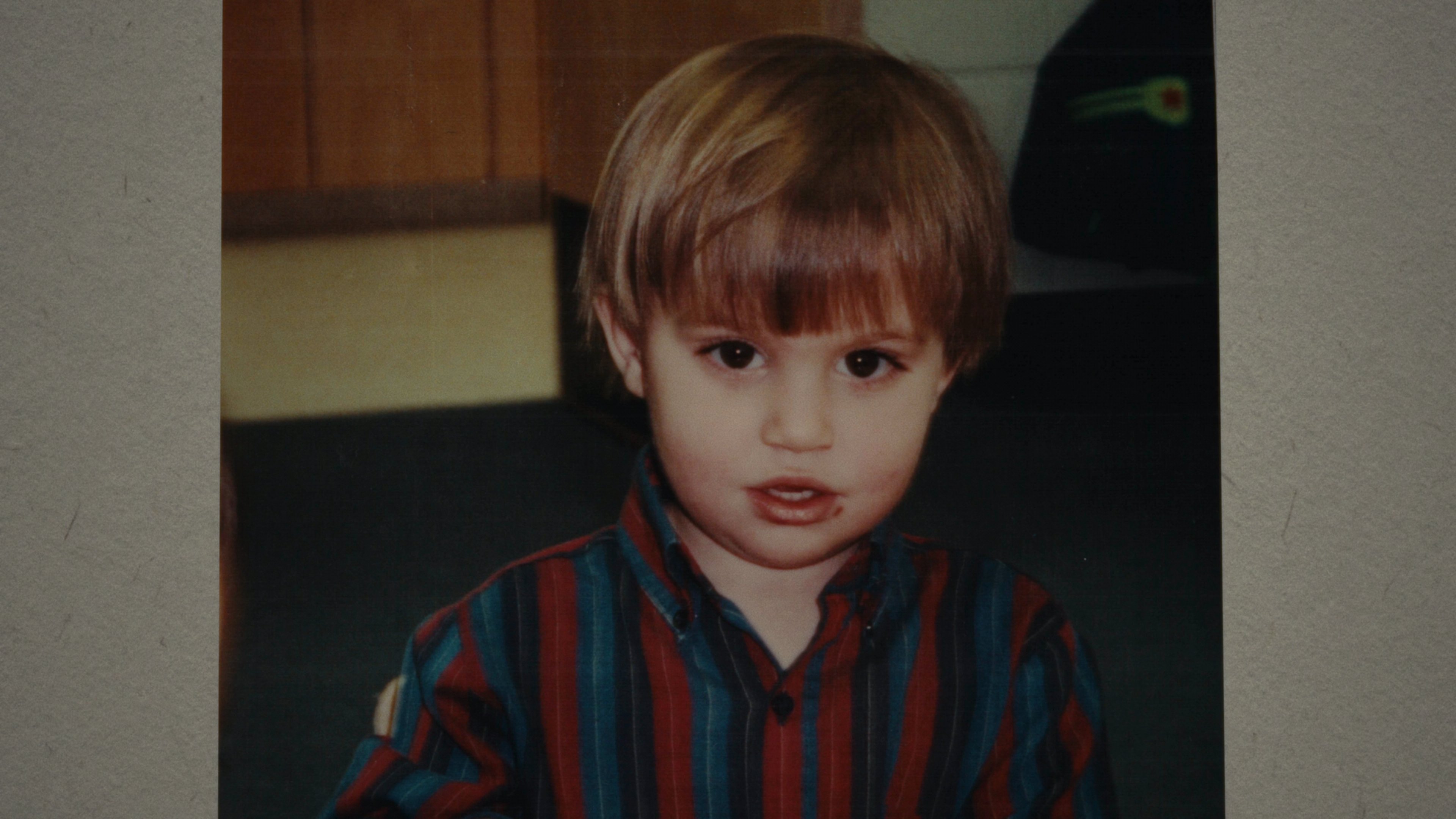
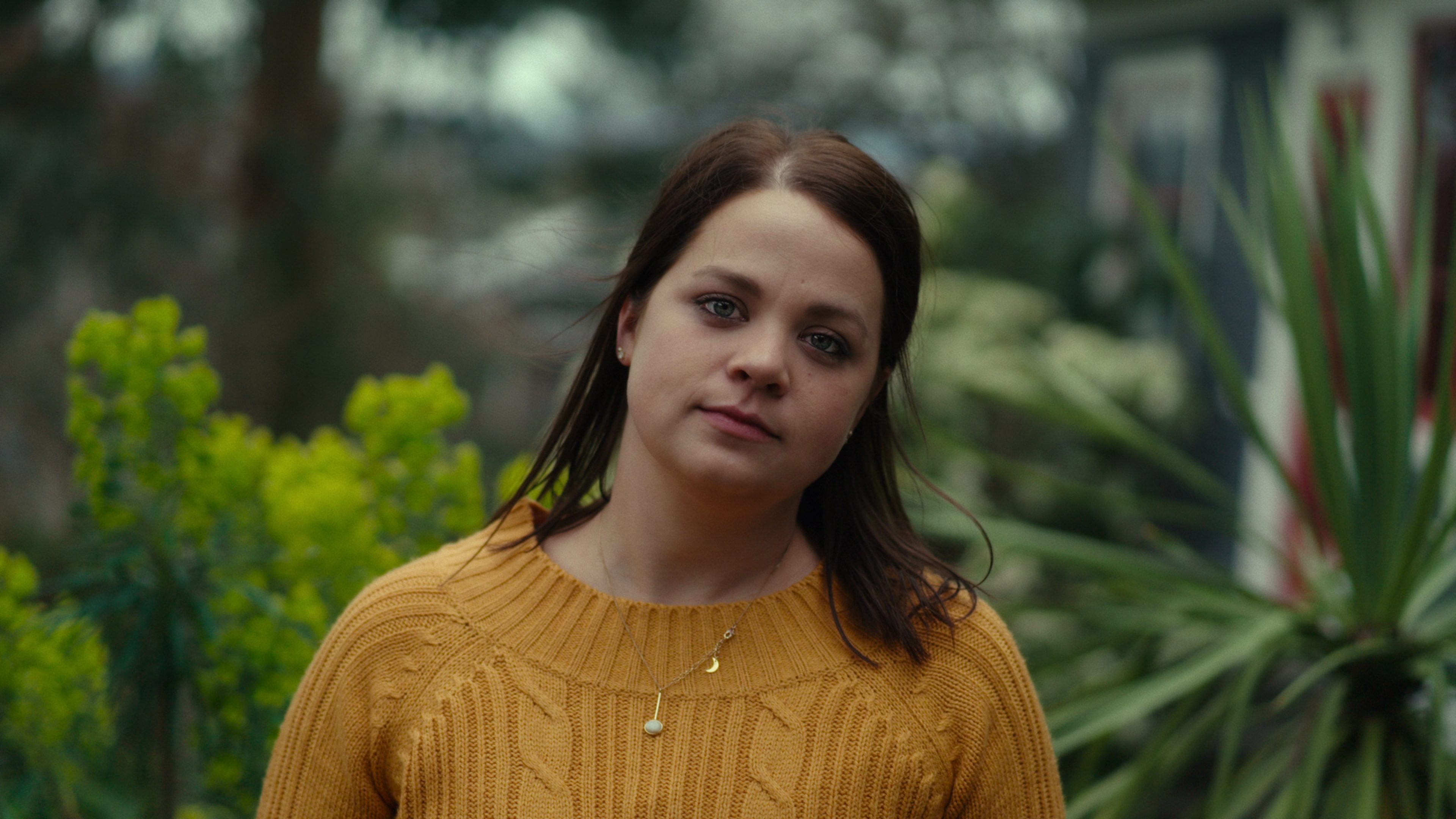
Suzanne’s parents, Sandra Willet and Clifford Sevakis, are both still alive. They were both informed of what happened to their daughter after the discovery was made, and they both share their stories in Girl in the Picture. Their narratives highlight what made the family vulnerable to Floyd – Willet, a divorced mother struggling with PTSD following the tornado, who tried in vain to get help from Social Services when she became unable to care for her children, and Clifford Sevakis, a young Vietnam veteran still “kind of messed up” from the war, who didn’t feel any more able to be a parent.
Suzanne became pregnant three times in her lifetime. One of her children was Michael Hughes, and another was Megan DuFresne, Suzanne’s biological daughter placed for adoption in 1989. DuFresne explains in the documentary that learning her birth mother’s story has left her feeling a strange kind of anger, which she’s still trying to process. “No girl should have to go through that,” she says. “From a stranger, much less somebody’s that’s supposed to be her father, father figure, whatever the hell he was.”
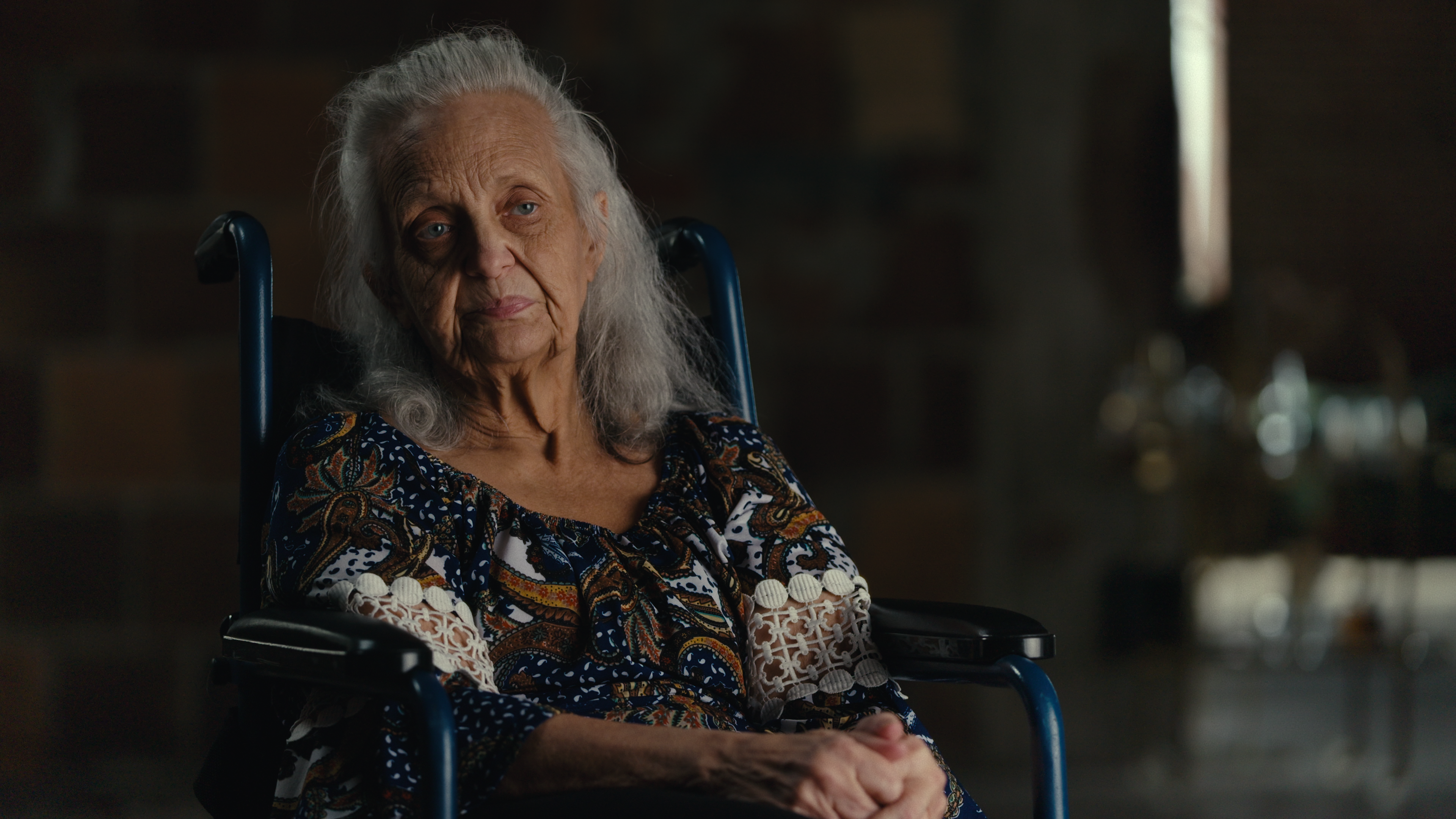
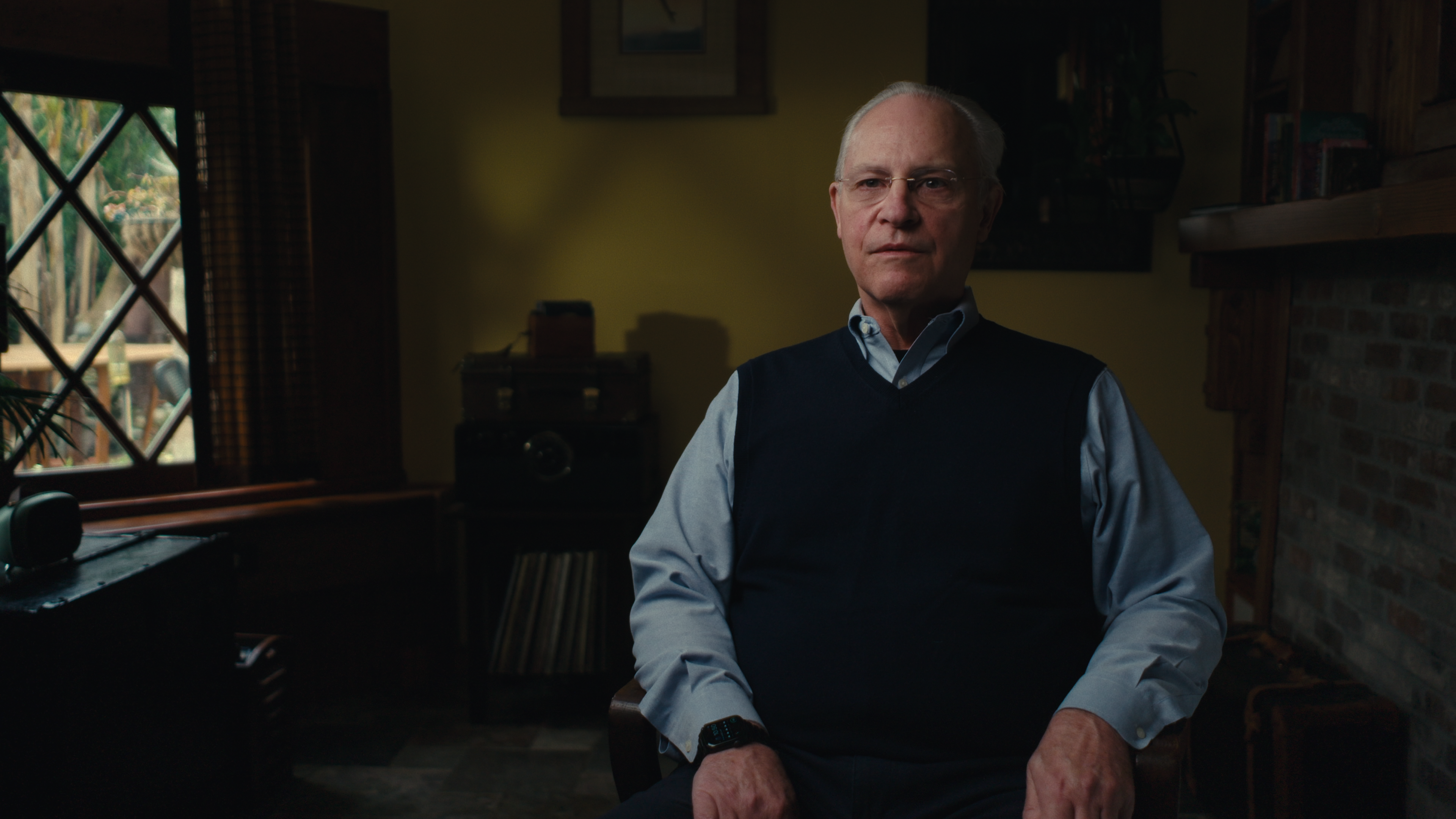
DuFresne has named her own son Michael after her late brother. In 2017, Suzanne’s tombstone, which until then had always read “Tonya”, was changed to reflect her true identity. Fisher, DuFresne, and DuFresne’s grandfather, Clifford Sevakis are all seen together in Girl in the Picture for the unveiling of the new gravestone, which identifies her as Suzanne Marie Sevakis.
“What I can do is – I can’t talk to Suzanne, but I can talk to Megan,” DuFresne’s grandfather, Clifford Sevakis, says in the documentary. “And that will… that will do.”
